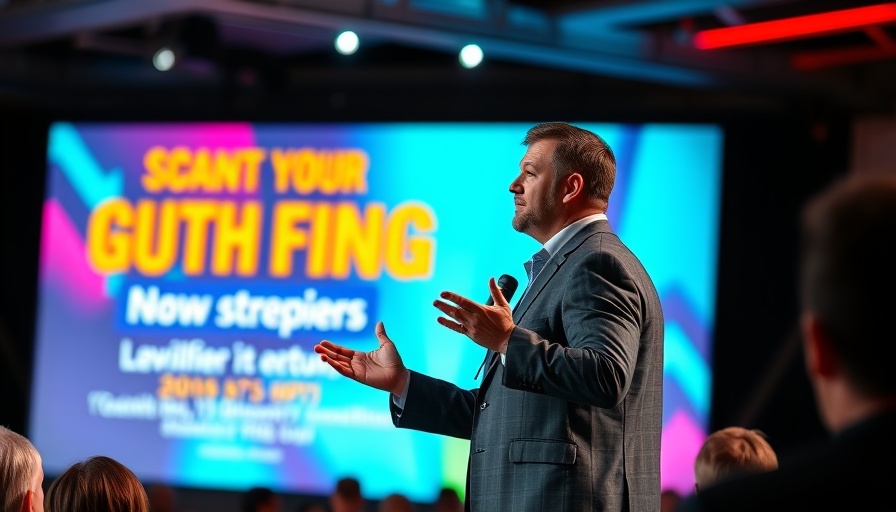
Understanding Leader Mindfulness: A New Paradigm in Communication
For today’s business leaders, fostering a psychologically safe environment is paramount. Recent research suggests that leader mindfulness in communication plays a significant role in enhancing employees' psychological safety, ultimately shaping the dynamics of organizational behavior. Grounded in the conservation of resources theory, this study reveals critical insights on how mindful communication can alleviate stressors faced by employees in high-pressure settings.
The Connection Between Leader Mindfulness and Psychological Safety
The research involved collecting data from 458 employees across various technology firms in China, finding that leader mindfulness directly correlates with improved psychological safety among employees. This positive relationship highlights the importance of leaders adopting mindful communication practices that not only involve active listening but also emotional intelligence and empathy.
Building Trust through Empathy
Empathy emerges as a crucial mediator between mindfulness in communication and employees' perceived safety. When leaders express genuine concern for their team's well-being through empathetic interactions, it bolsters interpersonal trust. This trust not only enhances communication but also allows employees to voice their concerns without fear, creating a culture where innovation and collaboration thrive.
The Role of Employee Mindfulness
Interestingly, the study found that employee mindfulness also plays a pivotal role in moderating the relationship between leader communication and psychological safety. Mindful employees, who are present and engaged, tend to foster a more positive workplace atmosphere, thus further enhancing their colleagues' sense of safety. This reciprocal effect underscores the vital interplay between leader and employee mindfulness.
Pragmatic Applications for Executives and CEOs
Executives and business leaders must consider integrating mindfulness practices into their communication strategies. Here are several actionable insights drawn from the research:
- Training Programs: Implementing mindfulness training for leaders can develop their empathetic communication skills, directly impacting team dynamics.
- Feedback Mechanisms: Establishing regular feedback loops allows employees to communicate needs and concerns, reinforcing their voice in the organization.
- Organizational Culture: Cultivating a culture centered on psychological safety not only promotes employee well-being but also enhances overall organizational efficiency.
Future Trends in Organizational Mindfulness
As organizations navigate the complexities of the modern workplace, future trends suggest a growing emphasis on mindfulness practices. With mental health and employee well-being taking center stage, leaders who prioritize mindful communication are likely to see a competitive advantage in talent retention and workplace satisfaction. The potential long-term effects of adopting such strategies could lead to heightened productivity and innovation within teams.
Counterarguments and Diverse Perspectives
Despite the clear benefits of leader mindfulness, it is essential to acknowledge differing viewpoints. Critics may argue that the time and effort required to develop such communication strategies could detract from immediate productivity. However, as the research indicates, investing in psychological safety yields measurable long-term benefits that far outweigh short-term gains.
The Bottom Line: Building a Safe Workplace
In an era where organizational effectiveness hinges on the well-being of employees, leaders must navigate the complexities of communication with mindfulness and empathy. Fostering a psychologically secure environment empowers teams to thrive, enhances innovation, and ultimately drives business success.
To all executives and business leaders, consider taking initiative in your communication styles. By incorporating mindfulness, you’ll not only support your employees' mental health but also pave the way for a successful, engaged workforce.
 Add Row
Add Row  Add
Add 




Write A Comment